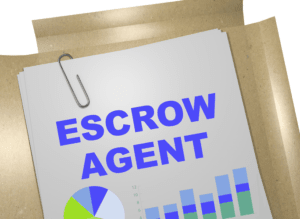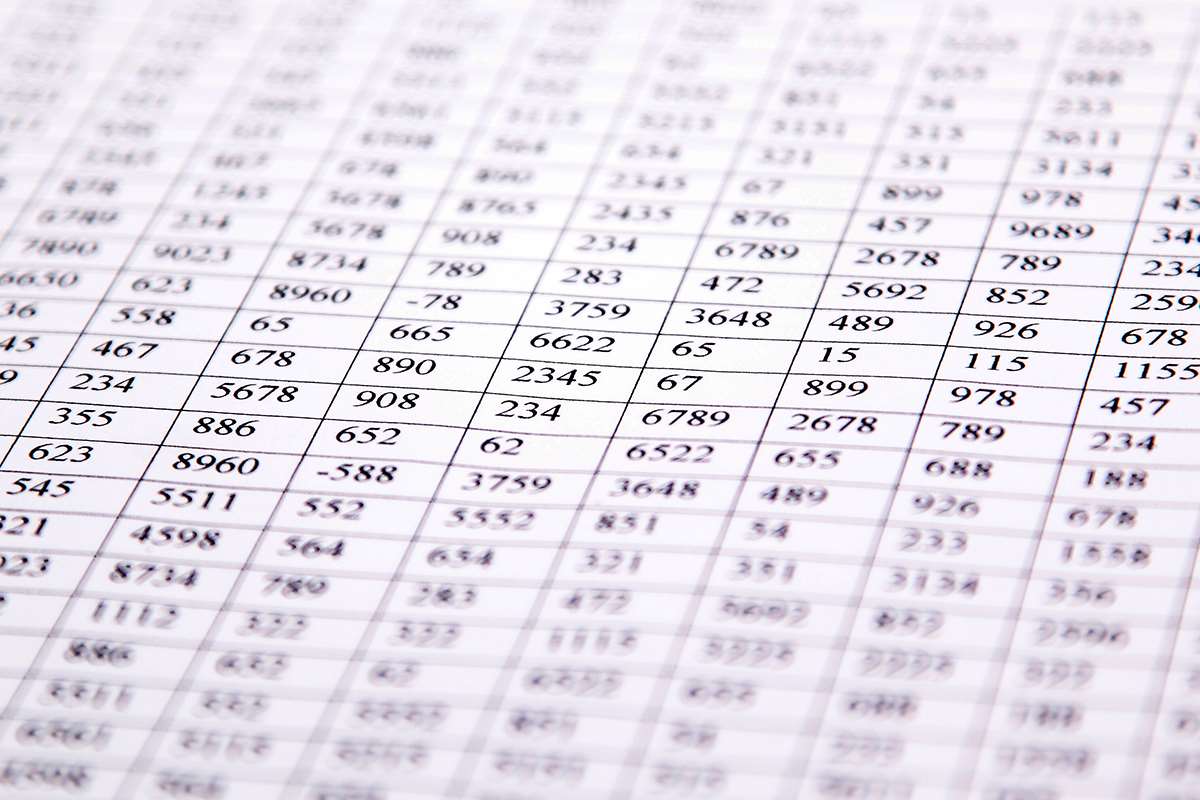
The widgets then move to the trimming department for further work, and these per-unit costs will be carried along with the widgets into that department, where additional costs will be added. There are several terms and concepts that are used in the calculations related to process costing. Direct materials are the raw materials used in the manufacturing process.
Similarities between Process Costing and Job Order Costing
Process costing uses the same standardized costing approach each period, allowing businesses to compare cost variations over time. This assists businesses in ensuring that costs are in accordance with budgeted expenses and identifying areas for further study. Process costing has the process of being easier to use than other costing process costing examples methods, and it can assist businesses in costing areas for possible cost savings. The finished material of one process constitutes the raw material of the next. Therefore, as the finished material is transferred to the next process, the cost of each process is also transferred, until it ends in the finished stock account.
Joint Products and By-Products
- Each department or production process or batch process tracks its direct material and direct labor costs as well as the number of units in production.
- In this case, it is more effective to accumulate costs for a large batch of products and then distribute them to individual units produced.
- For manufacturing with great work in progress, there will be a problem as management needs to estimate the equivalent of finished goods.
- Assigning these productcosts to individual products remains an important goal for processcosting, just as with job costing.
- For example, some items that are classified as overhead, such as plant insurance, are period costs but are classified as overhead and are attached to the items produced as product costs.
- These three inventory accounts are usedto record product cost information for both process costing and jobcosting systems.
Figure 5.2 shows a partial organizational chart for Rock City Percussion, a drumstick manufacturer. In this example, two groups—administrative and manufacturing—report directly to the chief financial officer (CFO). The organizational chart also shows the departments that report to the production department, illustrating the production arrangement.
How are costs accumulated in a process cost system?
It is a method of assigning costs to units of production in companies producing large quantities of homogeneous products. A batch is defined as each time a quantity of materials is added to the first point of production to keep the work flow going. Direct costs accumulate and indirect costs are applied to the batches as they move through the production processes. Eventually, costs are averaged over the units produced during the period to determine the cost of one item. Process costing is a method of costing used mainly in manufacturing where units are continuously mass-produced through one or more processes.
For example, how would you determine the precise cost required to create one gallon of aviation fuel, when thousands of gallons of the same fuel are gushing out of a refinery every hour? The cost accounting methodology used for this scenario is process costing. A process cost system (process costing) collects costs incurred in the production of a product based on the processes or departments that the product passes through https://www.bookstime.com/ on its path to completion. Instead of actual costs, this strategy employs an estimated standard cost for each process stage. Companies generally employ this strategy when gathering current information regarding real expenses is too difficult or time-consuming. It can also be useful for organizations that manufacture a large range of products and find it difficult to assign specific costs to each of the products.

What is the purpose of cost accounting?
According to thecompany, more than 11,000 of its soft drinks are consumed everysecond of every day. Financial accounting is governed by regulators and must comply with the generally accepted accounting principles (GAAP) or International Financial Reporting Standards (IFRS). Cost accounting, however, doesn’t have to abide by these regulations since it’s used internally. Our mission is to empower readers with the most factual and reliable financial information possible to help them make informed decisions for their individual needs. Our writing and editorial staff are a team of experts holding advanced financial designations and have written for most major financial media publications.

- Joint products are two or more products generated simultaneously, by a singe manufacturing process, using common input, and being substantially equal in value.
- By doing this, a company can reduce the total expenses incurred in producing the product, which will in turn reduce the cost per unit of output.
- The similarities between job order cost systems and process cost systems are the product costs of materials, labor, and overhead, which are used determine the cost per unit, and the inventory values.
- The diagram above shows the cost flows in a process cost system that processes the products in a specified sequential order.
Process costs represent a higher level of accuracy than job-order costing, but they are also more complex and time consuming to develop. This problem is handled through the concept of equivalent units of production. The process costing procedure is explained in more detail in the next example.